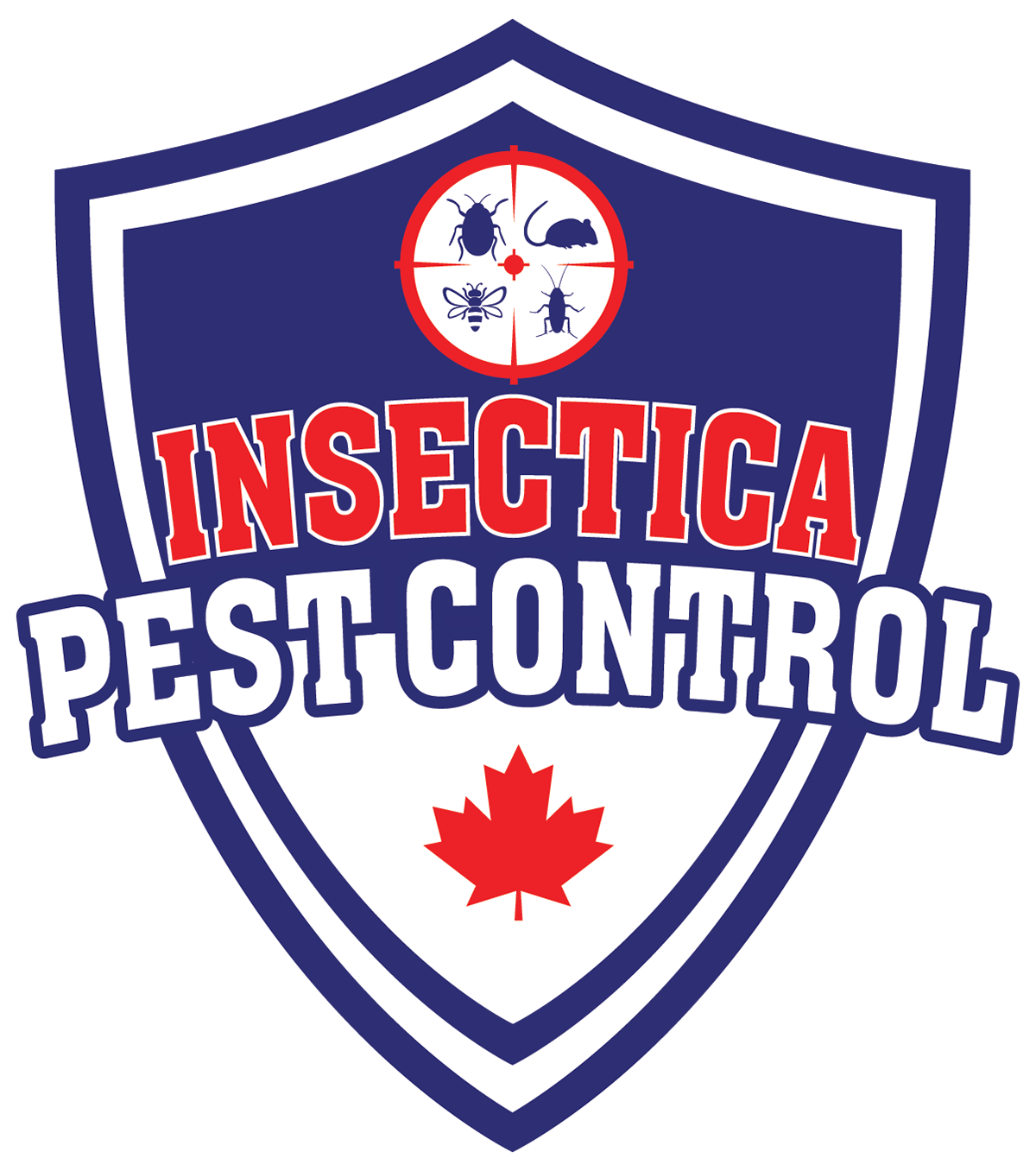Bee/Wasp/Hornet Pest Control
Bees are robust, hairy insects often colored black and yellow. Colony-forming species like honey bees and bumblebees live in hives or cavities, building wax combs to rear young. While bees are beneficial pollinators, a large colony near living areas poses a risk of multiple stings. Signs of a bee infestation include many bees flying around a particular spot, visible honeycomb, or swarms gathering at an entrance. Removing the hive or nest entirely is the only way to eliminate a bee problem. Professional pest control (often working with beekeepers for honey bees) can safely extract the entire colony and comb. Because honey and wax can attract other pests and damage structures, homeowners should not attempt bee removal themselves. Technicians ensure complete removal of bees and comb, treating the area so the infestation is resolved and preventing future incursions.
Wasps, such as paper wasps and yellowjackets, are slender, smooth-bodied insects often marked in black, brown, and yellow. They are about 2–3 cm long and build nests from chewed wood fibers. Paper wasps construct umbrella-shaped, grayish nests under eaves, rafters, or branches, while yellowjackets often nest underground or in wall cavities. These social wasps fiercely defend their colonies and deliver painful stings that can trigger allergic reactions. Yellowjackets in particular are among the most dangerous stinging insects in the U.S. A single nest may contain hundreds of wasps, and activity usually peaks in late summer. Signs of an infestation include seeing a papery nest attached to structures, swarms of wasps near doors or trash cans, or hearing a persistent buzzing sound. Because disturbing a wasp nest can provoke multiple stings, professional pest control is strongly recommended.
FAQs
How can I tell if I’m dealing with bees, wasps, or hornets?
Are wasps and hornets dangerous?
What should I do if I see a honey bee swarm?
Do not spray or disturb it. Swarms are usually transient and non-defensive while they’re clustering. In Toronto/Ontario, contact a local beekeeper/swarm rescue to relocate the bees alive. If bees have moved into a wall or structure, you’ll need a removal expert who can open and repair the area properly. (Ontario Beekeepers’ Association)
Does the City remove nests on public trees?
Yes—only when there’s a public-safety concern. City policy is to leave nests when possible because many wasps are beneficial predators; call 311 if a nest is on a City tree or overhanging a public space. For nests on private property, contact a licensed pest professional. (City of Toronto)
Is it safe to remove a wasp or hornet nest myself?
DIY nest jobs are risky. Disturbance can trigger mass stinging, and improper pesticide use can harm people, pets, and pollinators. In Canada, only use products with a PCP registration number and follow the label exactly—better yet, hire a pro who uses tamper-resistant methods and safety protocols. (Canada.ca)
What’s the difference between “paper wasps,” “yellowjackets,” and “hornets”?
When is nest removal urgent?
What does professional treatment involve?
Are over-the-counter sprays effective?
Aerosols can knock down small, accessible wasp nests, but they’re risky around structures and people, and misuse can expose pollinators. If you do use a product, verify the PCP number, apply per label, and avoid spraying flowering plants. For anything larger, hidden, or high up—call a pro. (Canada.ca)
How do I prevent nests from forming around my home?
Reduce food and shelter: cover bins, clean up outdoor eating areas, and repair screens/soffits. Seal gaps around eaves and utility lines, cap voids, and remove abandoned nests in winter (they won’t be reused). Plant with pollinator-safe practices and avoid unnecessary pesticide use on flowers. (Canada.ca)
Do wasps reuse old nests?
What should businesses (restaurants, childcare, strata) do differently?
Are treatments safe for kids, pets, and pollinators?
When work is done by licensed professionals following Canadian labels, risk is minimized. Pros choose the least-disruptive method, avoid blooming plants, and use targeted applications. Homeowners should follow re-entry guidance and keep pets/kids away until the site is cleared. (Canada.ca)
I found “bees” in my soffit—could they be wasps?
What’s the right response if someone is stung?
Do “decoy” wasp nests or ultrasonic gadgets work?
Can I make my yard more “pollinator-safe” without inviting stings?
Yes: plant diverse, native flowers, water in the morning, and avoid insecticides on blooms. Provide distance between seating/play areas and flowering borders, and address wasp attractants (exposed food, sugary bins). For honey bee issues, arrange beekeeper relocation instead of chemical knockdown. (Ontario)
How much does nest removal usually cost in Toronto?
Pricing varies by species, nest size, height/location, and after-hours urgency. Ground or low paper nests are simpler; soffit/wall void nests or structural honeybee removals (cut-out and repairs) cost more. Most providers can quote after a quick assessment; honeybee swarm rescues may even be free via beekeepers. (ontariobeerescue.com)
Do professionals handle both bees and wasps the same way?
No. Honey bees are typically relocated alive by beekeepers; wasps/hornets are controlled and nests removed with targeted methods. Reputable Toronto providers differentiate first, then propose either live removal (bees) or safe eradication (wasps/hornets), with prevention advice after. (Urban Toronto Beekeepers’ Association)
